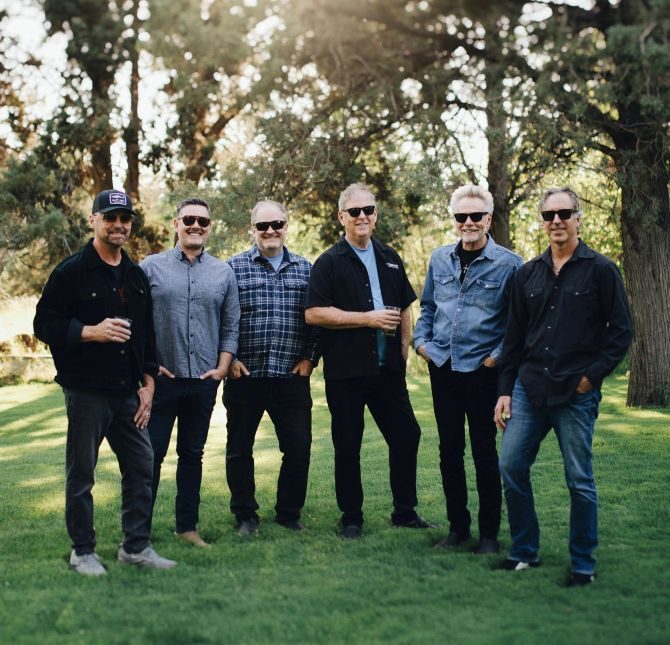USADA: Armstrong doping evidence overwhelming
Published 5:00 am Thursday, October 11, 2012
NEW YORK — Lance Armstrong and the U.S. Postal Service cycling team conducted “the most sophisticated, professionalized and successful doping program that sport has ever seen,” the U.S. Anti-Doping Agency said.
The agency said in an emailed statement by Travis Tygart, its chief executive officer, that it had compiled more than 1,000 pages of evidence against Armstrong and the team, which was sent Wednesday to the International Cycling Union, the World Anti-Doping Agency and the World Triathlon Corp.
The files contains “direct documentary evidence including financial payments, emails, scientific data and laboratory test results that further prove the use, possession and distribution of performance-enhancing drugs by Lance Armstrong and confirm the disappointing truth about the deceptive activities of the USPS Team, a team that received tens of millions of American taxpayer dollars in funding,” Tygart said.
It also includes sworn testimony from 26 people, including 15 riders with knowledge of the U.S. Postal team’s doping activities, Tygart said. Among the riders USADA interviewed was George Hincapie, Armstrong’s teammate for each of his record seven Tour de France victories from 1999 to 2005, as well as teammates Frankie Andreu, Michael Barry, Tom Danielson, Tyler Hamilton, Floyd Landis, Levi Leipheimer, Stephen Swart, Christian Vande Velde, Jonathan Vaughters, and David Zabriskie.
Tygart said any active cyclist in the group had been suspended and disqualified “appropriately in line with the rules.”
Armstrong has consistently denied using performance- enhancing drugs or otherwise violating anti-doping rules. Timothy Herman, a lawyer for Armstrong, said Wednesday in an emailed statement that the USADA file “will be a one-sided hatchet job” and labeled the process “a government-funded witch hunt.”
Hincapie posted a statement on his website Wednesday saying he used performance-enhancing drugs prior to riding “clean” for the last six years. He never had been publicly linked with the use of performance enhancers.
“Because of my love for the sport, the contributions I feel I have made to it, and the amount the sport of cycling has given to me over the years, it is extremely difficult today to acknowledge that during a part of my career I used banned substances,” Hincapie said in the statement. “Early in my professional career, it became clear to me that, given the widespread use of performance enhancing drugs by cyclists at the top of the profession, it was not possible to compete at the highest level without them. I deeply regret that choice and sincerely apologize to my family, teammates and fans.”
The cycling union, the federation that oversees the sport and goes by the French acronym of UCI, the World Anti-Doping Agency, known as WADA, and the triathlon corporation, or WTC, have the right to appeal USADA’s findings to the Court of Arbitration for Sport, the top court for athletic disputes. Armstrong switched to triathlon after retiring from cycling.
Armstrong, 41, was banned for life from competitive cycling and all other Olympic-related sports and stripped of his Tour de France titles on Aug. 23 after opting not to fight USADA’s drug allegations.
Pat McQuaid, the president of UCI, has questioned USADA’s delay in sending its files in the Armstrong case, saying at a news conference on Sept. 22 that “they’ve already made a decision based on it and therefore it’s difficult to understand why it hasn’t arrived yet.”
Armstrong, three doctors and two officials from his former U.S. Postal Service cycling team were notified by USADA in June that they had been accused of using and trafficking in performance-enhancing drugs.








